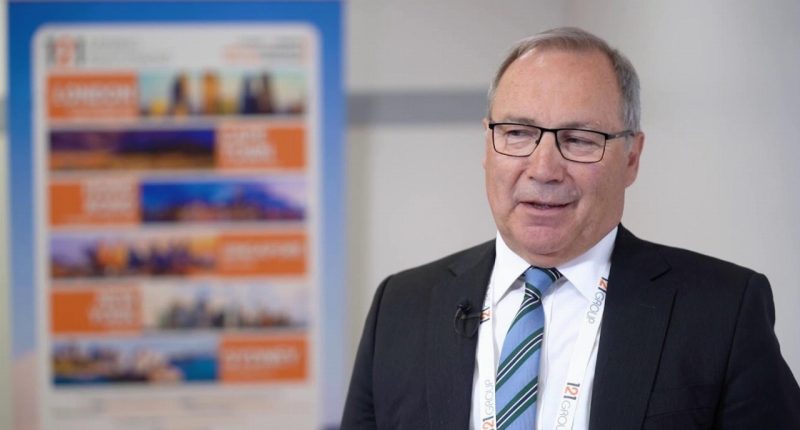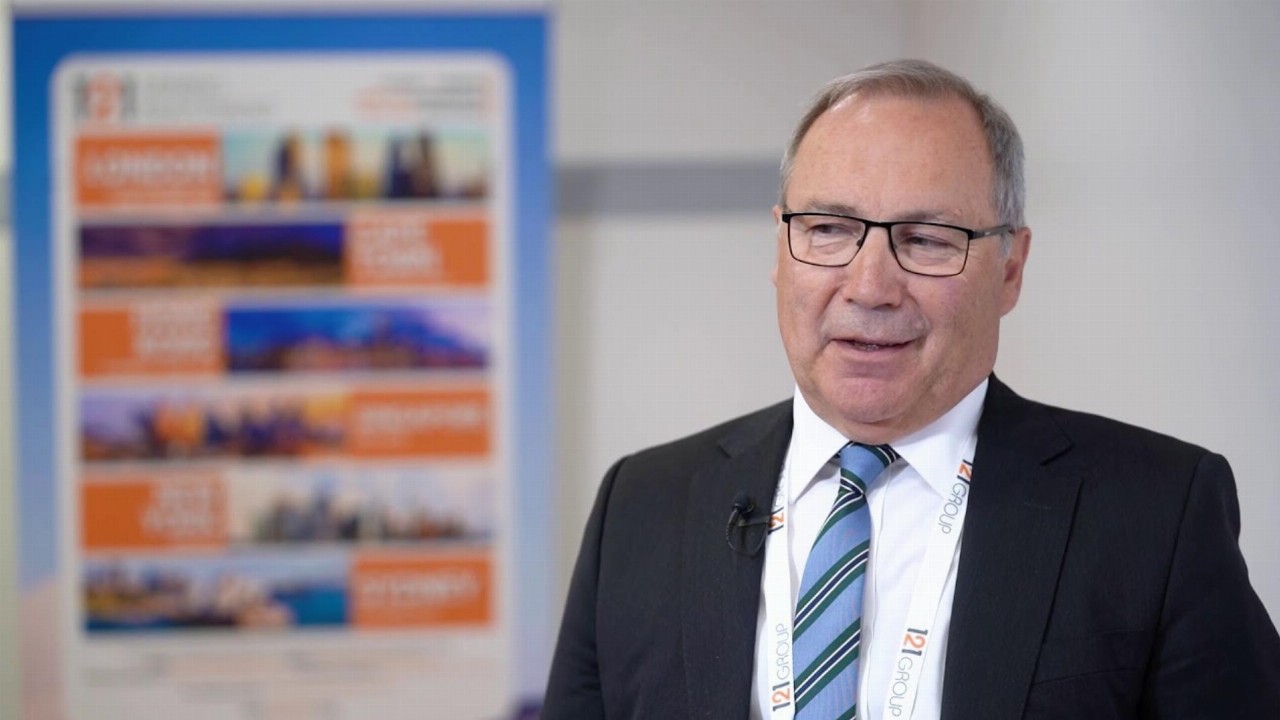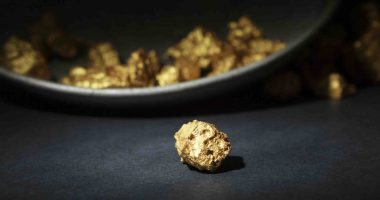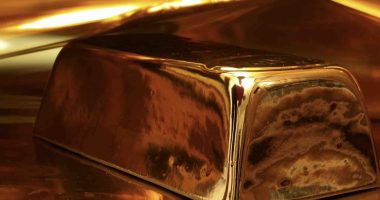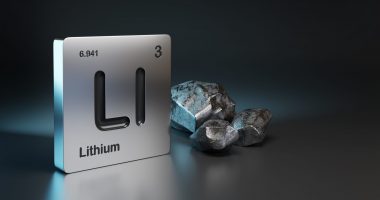- Big River Gold’s (BRV) review of the definitive feasibility study (DFS) for the Borborema Project has de-risked the project and improved economics
- The project’s costs have gone down, while its pre and post-tax net present value has risen considerably
- The updated project financing model used a flat gold price of US$1550 (roughly A$2217.88) which compares favourably to the original assumption of US$1400 (then valued at approximately A$2,033.92) in the 2019 DFS
- The review confirmed the proposed processing path is suitable but recommended changes to the location and layout
- These changes are geared to reduce risks and environmental impact and increase accuracy
- Company shares are up 13.8 per cent and are trading for 3.3 cents each
Big River Gold (BRV) has completed a review of the definitive feasibility study (DFS) for the Borborema Project which has provided significant insights.
Notably, the review resulted in changes to the process design that further de-risk the operation and substantially improve project economics.
Economics
The Borborema Project’s capital costs have been reduced from US$99.3 million (then valued at approximately A$144.26 million, including contingency) to US$90.7 million (now roughly A$129.78 million), which includes a contingency of US$11.33 million (around A$16.21 million).
The average all-in sustaining cost (AISC) has been significantly reduced from US$839 (then valued at roughly A$1,218.90) per ounce to US$713 (now about A$1020.23) per ounce of gold over the initial 10.2 years of production scheduled for stage one.
Big River Gold expects to produce around 729,400 ounces of gold in stage one over the initial 10.2 years. This comprises a portion of the project’s resource and reserves of 2.43 million ounces and 1.61 million ounces, respectively.
The pre-tax net present value (NPV), is discounted at eight per cent per annum. It has increased from US$218 million (then valued at around A$320 million, based on an exchange rate used by BRV in the DFS) to US$342 million (now roughly A$496 million on BRV’s calculations).
The pre-tax internal rate of return (IRR) is up from 43.6 per cent to 64.7 per cent.
Moreover, the post-tax NPV, also discounted at eight per cent, has increased from US$203 million (then valued at around A$299 million, again calculated according to an exchange rate BRV set in the DFS) to US$287 million (now worth roughly A$416 million, based on BRV’s estimates). The post-tax IRR now sits at 57.9 per cent, up from 41.8 per cent.
The updated project financing model used a flat gold price of US$1550 (roughly A$2217.88) which compares favourably to the original assumption of US$1400 (then valued at approximately A$2,033.92) in the 2019 DFS.
Processing plant
The review confirmed the proposed processing path is suitable. In saying that, recommended changes include the process plant’s location and layout and certain plant and equipment used in the crushing and grinding circuits and elution circuit.
The plant site layout and design were reviewed to optimise the location, layout and earthworks. This led to the plant being relocated to optimise the haulage distance from mine to run-of-mine (ROM) pad and to comply with legislation requiring blast zone clearance.
Additionally, the relocation will improve the accuracy of the earthworks and place high load structures on areas that are cut and unfilled.
A cut and fill plan shows a revised cut of 157,035 cubic metres from the topography and required fill of 152,300 cubic metres for a net cut of 4735 cubic metres.
The review also led to minimising the plant footprint to reduce environmental impact. The plan layout will be redesigned to consider appropriate infrastructure locations such as a heliport, substations and incoming HV Switchyard for improved operations.
The 2019 DFS highlighted the need to replace the semi-autogenous grinding (SAG) and ball mill in the comminution circuit with a three-stage crushing plant and ball mill.
This was aimed at reducing the risk and increasing the security of the operation by minimising potential long-term shutdowns caused by SAG mill equipment failure, the lack of available spare parts or skilled technicians.
Big River Gold chose to replace the proposed AARL elution circuit with the Pressure Zadra plant to conserve water. It’s considered more suitable when operating with the treated sewage water from the town of Currais Novos.
Company shares are up 13.8 per cent and are trading for 3.3 cents each just after midday trade.

